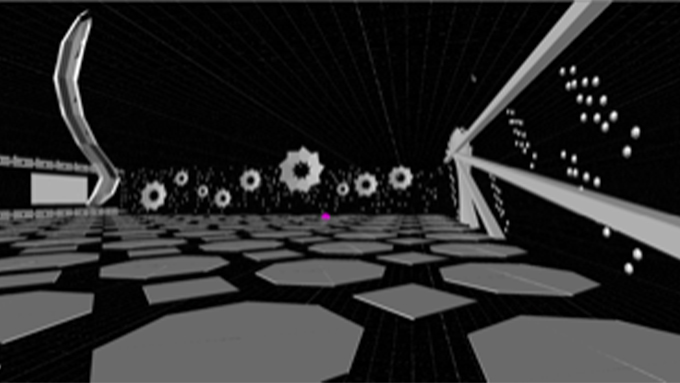In a Jedi-like feat, rats can move a digital object using just their brain
A new study hints at how brains can imagine places that they’re not physically in

By activating certain nerve cells in their brains, rats can imagine being somewhere else.
esvetleishaya/iStock/Getty Images Plus
- More than 2 years ago
Read another version of this article at Science News Explores
Like tiny, hairy Yodas raising X-wings from a swamp, rats can lift digital cubes and drop them near a target. But these rats aren’t using the Force. Instead, they are using their imagination.
This telekinetic trick, described in the Nov. 3 Science, provides hints about how brains imagine new scenarios and remember past ones.
“This is fantastic research,” says Mayank Mehta, a neurophysicist at UCLA. “It opens up a lot of exciting possibilities.” A deeper scientific understanding of the brain area involved in the feat could, for instance, help researchers diagnose and treat memory disorders, he says.
Neuroscientist Albert Lee and his colleagues study how brains can go back in time by revisiting memories and jump ahead to imagine future scenarios. Those processes, sometimes called “mental time travel,” are “part of what makes our inner mental lives quite rich and interesting,” says Lee, who did the new study while at Howard Hughes Medical Institute’s Janelia Research Campus in Ashburn, Va.
To dip into these complex questions, the researchers began with a simpler one: “Can you be in one place and think about another place?” says Lee, who is now an HHMI investigator at Beth Israel Deaconess Medical Center in Boston. “The rat isn’t doing anything fancier than that. We’re not asking them to recall their summer vacation.”
Neuroscientist and engineer Chongxi Lai, also now at Beth Israel Deaconess, Lee and colleagues trained rats to move on a spherical treadmill in the midst of a 3-D virtual world projected onto a surrounding screen. While the rats poked around their virtual world, electrodes recorded signals from nerve cells in the rats’ hippocampi, brain structures known to hold complex spatial information, among other things (SN: 10/6/14). In this way, researchers matched patterns of brain activity with spots in the virtual world.
Next, the researchers wanted to know if the rats could imagine their way through the world. The animals were trained to mentally move a virtual cube to a twisty column, using only brain activity patterns in the hippocampus. If the rodents Jedied the cube correctly, they’d get a reward of water. In this experiment, the virtual reality world was controlled by the rats’ brains; the rats’ physical movements on the treadmill no longer mattered.
After some training, the furry apprentices mastered the task, their brain activity showed. By activating the right pattern of cells in their hippocampi, the rats could concentrate and hold the cube near the twisty column for several seconds. In another task, the rats mentally teleported through the virtual world to reach the twisty column.

A view from inside the virtual world that rats saw in a new study shows a tall, twisty column (left). Using only their brains, rats could reliably move a virtual cube to that column, researchers found.
Chongxi Lai, HHMI Janelia Research CampusThe results are “strong evidence that rats can use imagination to perform novel, artificial tasks,” says neuroscientist Daoyun Ji of Baylor College of Medicine in Houston, who wasn’t involved in the new study. And it’s not just rats. “It is likely we humans imagine by activating hippocampal memories too,” he says.
The hippocampus, a seahorse-shaped structure deep on each side of the brain, is very complex, and still quite mysterious, Mehta says. His work and others have shown that cells there are influenced by all sorts of things, beyond abstract spatial locations. “There is clearly a lot to be considered,” Mehta says.
Electrodes implanted in different parts of the human brain have allowed people to control computers and robotic limbs, for instance (SN: 11/21/18). Devices that incorporate neural signals from the hippocampus might one day allow more abstract jobs, Lee says. Compared with rats, he says, “humans can probably control their hippocampus for longer durations with a larger repertoire, and the concepts being encoded in the brain are probably much more complex.”






